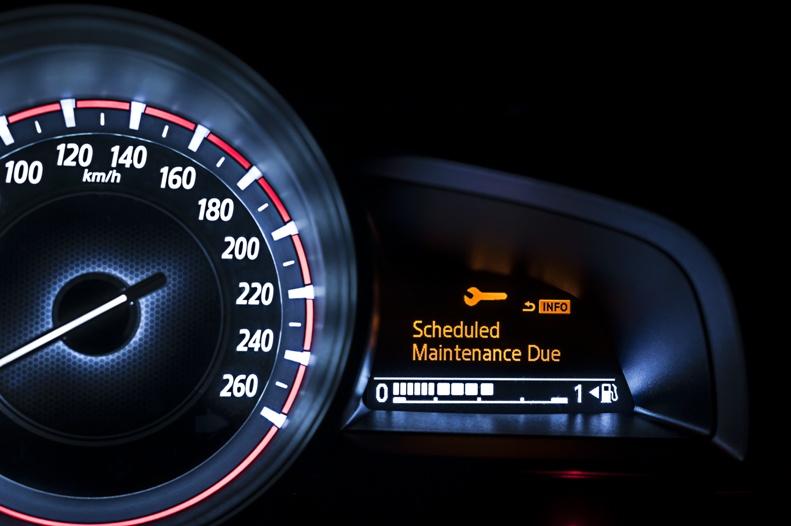Your engine light in your car acts like an invisible sentinel, silently monitoring its heart – the engine. This small yet effective warning system could save you from breakdowns or repairs that would cost thousands to fix later. In this article, we explore what causes engine lights to illuminate as well as what to do if one illuminates.
One Common Source for Engine Lights
Won’t Go Away An oxygen sensor malfunctioning may also trigger engine lights; its measurement monitors unburnt oxygen in your exhaust system, and failure can reduce fuel economy while increasing emissions levels.
Unsurprisingly, a loose gas cap can activate your engine light. Allowing gasoline vapors to escape harms both the environment and can trigger your engine light as they escape and escape your tank.
Spark Plug Issues Worn or fouled spark plugs may contribute to engine misfiring and performance loss, often prompting engine light activation.
Catalytic Converter Issues
A malfunctioning catalytic converter can lead to reduced engine performance and higher emissions levels; its role is crucial in mitigating harmful exhaust gases.
Mass Airflow Sensor Issues
A mass airflow sensor monitors how much air enters an engine. If this part is dirty or malfunctioning, it could cause the engine to run improperly and trigger an engine light warning system.
Avoid Ignoring Engine Light Nettoyage
It may be tempting to dismiss engine light warnings as just noise; however, these indicators shouldn’t be disregarded lightly as they serve an important warning function for future repairs and should never be underestimated.
Warning of Possible Engine Damage
A lit engine light could be an early indicator of more serious engine issues; failing to act upon this may result in extensive and expensive engine repair bills. Ignoring such indicators could potentially damage engines irreparably and require extensive repair costs in repairs to fix.
Reduced Fuel Efficiency It is possible for issues to trigger your engine light, leading to lower fuel efficiency. By promptly responding and solving any potential issues t
hat come up, you could save both money and gas by solving these problems as they arise.
Emission Issues
Engine light issues can also increase emissions, harming both your car and our planet. Addressing them early will not only benefit you but also be good for our shared environment o que fazer quando a luz do motor acende.
Steps for Diagnosing the Engine Light When your engine light illuminates, you might wonder what steps should be taken next. Here are a few suggestions to assist with diagnosing any potential issues:
An OBD-II Scanner Utilizing an On-Board Diagnostics (OBD-II) scanner is one effective way of pinpointing specific issues on a vehicle, with many auto parts stores providing free scanning services for customers.
Checking Your Gas Cap
Make sure your gas cap is secure to avoid engine lights coming on suddenly and unnecessarily. Sometimes this simple fix can do wonders to restore engine health.
Inspection of Spark Plugs
If your spark plugs have worn down over time or become degraded, replacing them could provide the solution to their dysfunctional nature.
Examining a Catalytic Converter
A mechanic should inspect the catalytic converter to identify potential areas of damage or obstruction that might be the source of issues with emissions.
Cleaning Your Mass Airflow Sensor If it appears dirty, try giving your mass airflow sensor a thorough cleansing with the appropriate cleaner to see if that helps solve the issue. Remember to select one with care!
DIY Vs Professional Assistance
In certain instances, DIY solutions may suffice; in others, however, professional help might be required.
DIY Solutions Diy solutions may be appropriate when the issue at hand is minor – such as loose gas caps or dirty mass airflow sensors.
When to Seek Professional Assistance
If the issue at hand is more complex or you require professional guidance for identification or resolution purposes, such as a catalytic converter failure, consulting with a mechanic might be best.
Regular Maintenance to Avoid Engine Light Issues
Maintenance can go a long way toward keeping the engine light off and avoiding engine light problems altogether.
Frequent Vehicle Inspections
Routine vehicle inspections can identify issues early, potentially preventing an engine light from illuminating.
Maintenance of Oxygen Sensor and vessel Efficiency Issues.
Regular oxygen sensor care ensures it functions at peak performance to avoid potential fuel efficiency problems.
Replacing Spark Plugs on Schedule Switching out spark plugs regularly will help maintain engine performance and ensure optimal efficiency.
Maintain a Secure Gas Cap
Securing your gas cap properly can prevent engine light warnings. By simply making sure it stays closed tightly, keeping engine light warnings away will become less of an issue.
Conclusion
Your engine light should never be ignored as part of its warning system for your car’s engine health, fuel economy, and emissions issues. Addressing them quickly can save money in repairs as well as help improve fuel efficiency and lower emissions levels. Regular maintenance checks to address common culprits may help ensure this light stays off indefinitely.












